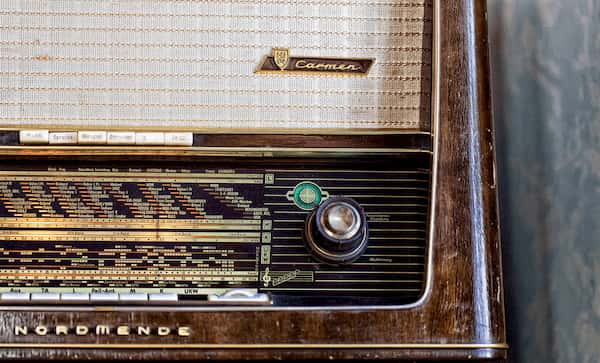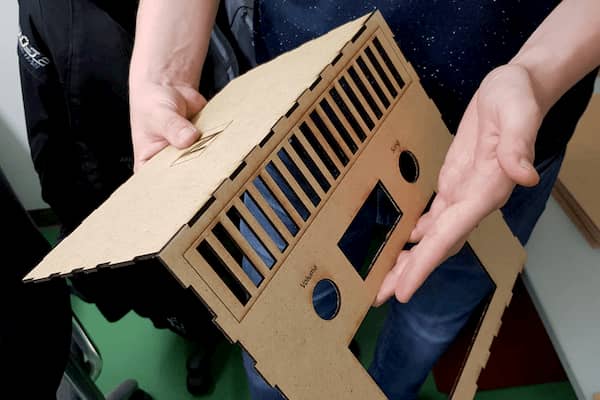New features, classic design?
In a lab project at the department of human-centered ubiquitous media we were challenged to create a modern music player which references traditional radio design.
Our prototype has two e-paper screens, one showing the currently playing song and one showing a selection of songs of a particular genre.
The song selection is analog to the radio station selection on FM radios: Just move the red bar over the desired song on the timeline and enjoy. To choose a genre, just place a new nfc tag on top of the device.


